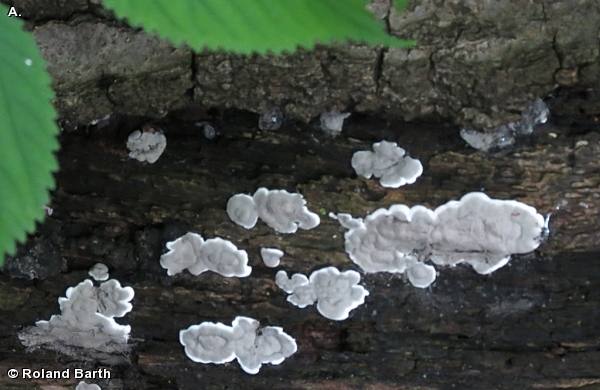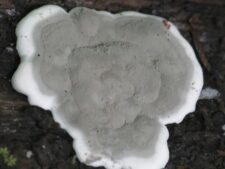
This fungus is about 2-4 inches wide and forms sheets up to 20 inches long. New fruiting bodies are formed in the spring and are flat and gray with white edges. The fruiting bodies persist all year and their appearance changes to resemble asphalt, consisting of black, domed, lumpy crusts. It forms crust like sheets on stumps and dead roots of deciduous trees.
This fungus is common on a wide range of broad leaved trees including oak and maple.
It is also known as carbon cushion. Its former scientific name was Ustilina deusta. At maturity this fungus resembles dead wood. It causes a soft rot on plants, breaking down both cellulose and lignin, and decays the trunk and/or roots of living trees. It continues to decay wood after the host tree has died.
The content of NatureSearch is provided by dedicated volunteer Naturalists of Fontenelle Forest who strive to provide the most accurate information available. Contributors of the images retain their copyrights. The point of contact for this page is: Eric Scholar.

